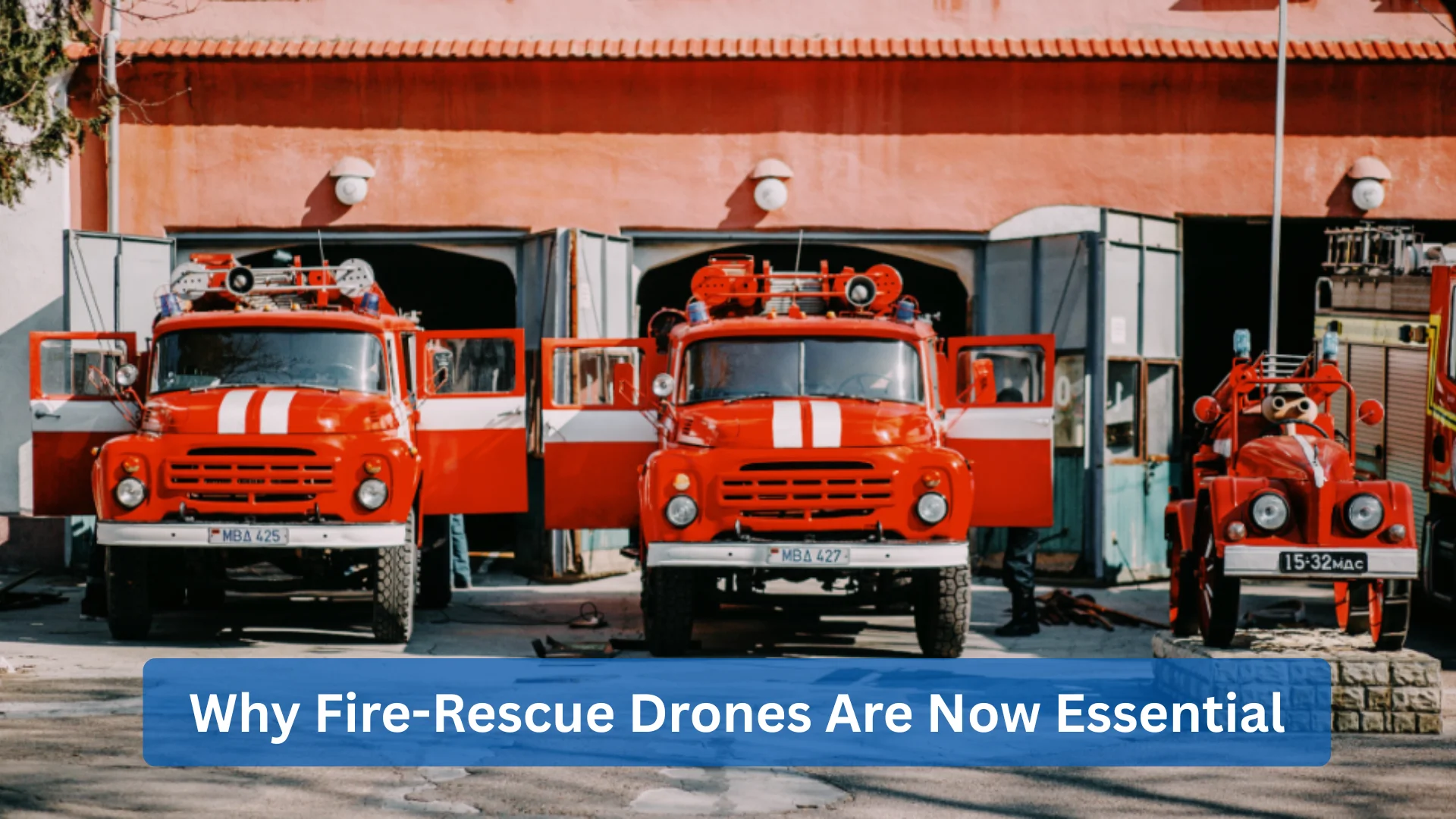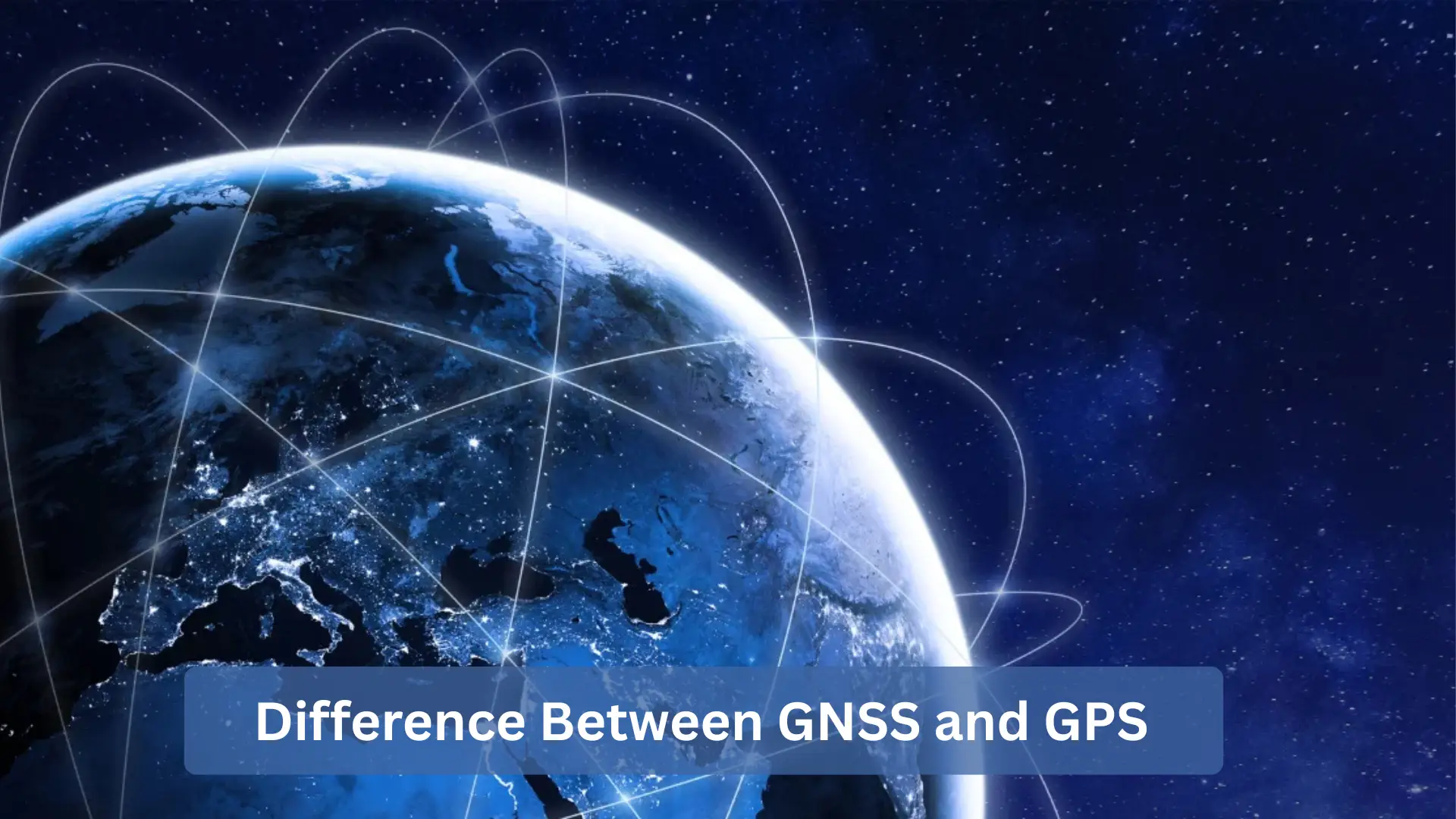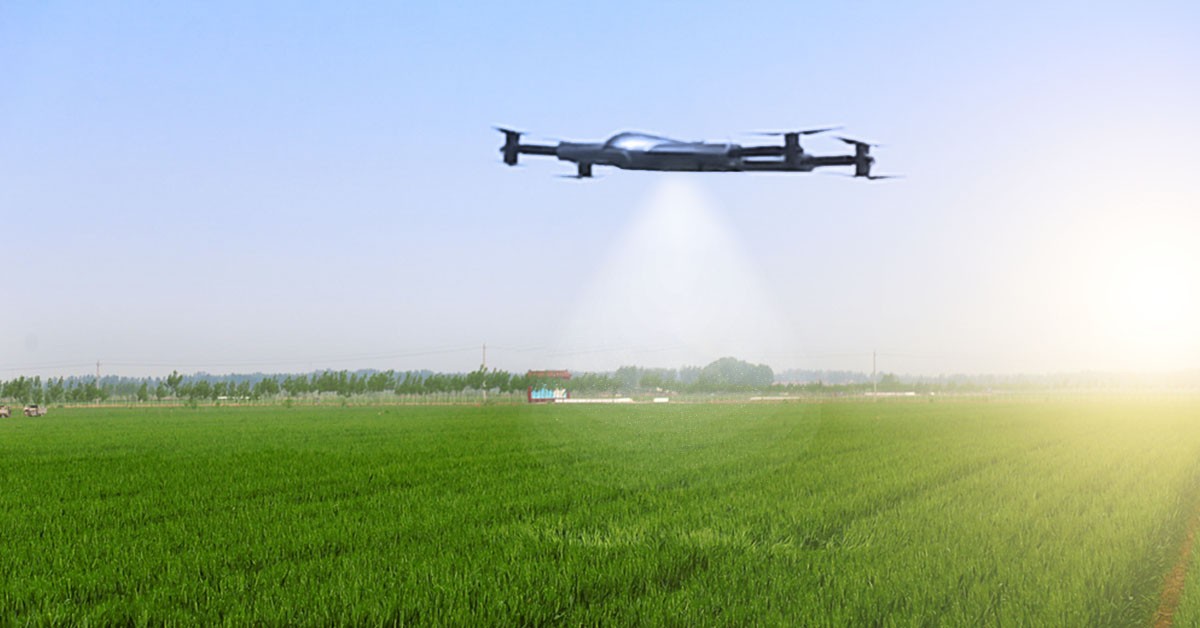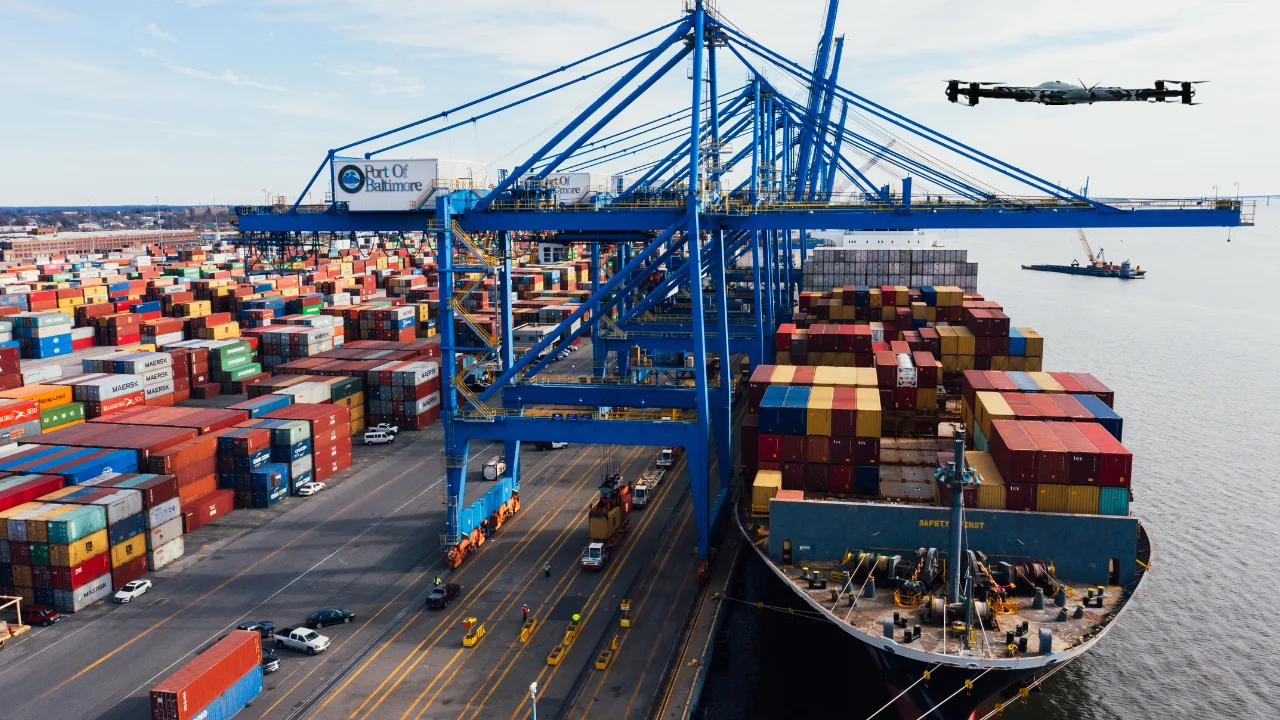What is a Mini Drone and Complete Guide for Beginners 2025
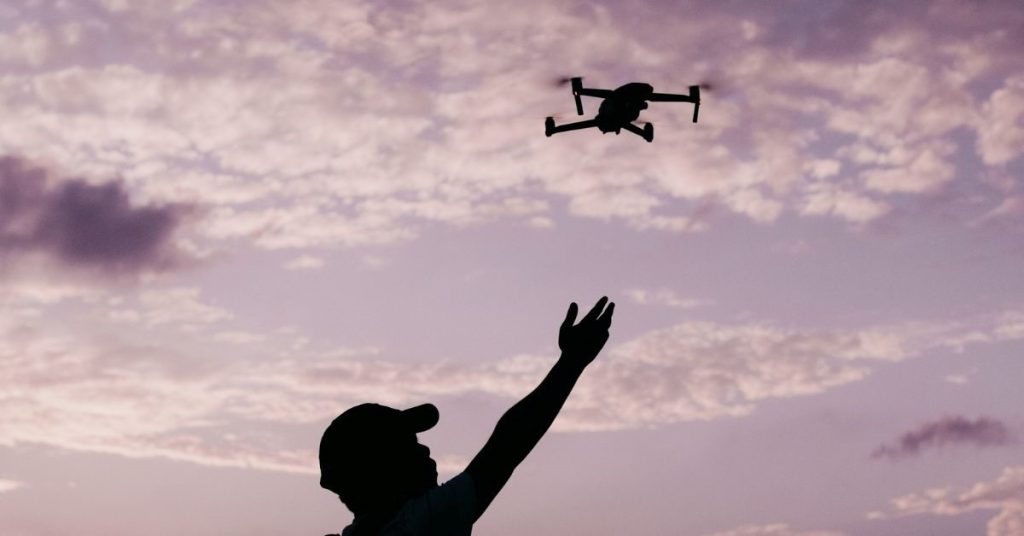
Mini drones are small size, lightweight, and designed for easy to use, portability, and versatility. Many Small drones are Compact enough to fit in backpack but also include advanced feature like camera, stable flight control, and first Person View systems. Mini Drones are popular with beginners, hobbyists, professional for photography, inspection, and recreational flying. Unlike simple camera gadgets, mini drones are built with adaptable designs that make them useful in several industries. Small save time, cut costs, and reduce manual effort with just a few modifications. Today, drone companies produce mini drones for commercial uses, including agriculture, where they play a vital role in crop monitoring and field management.
Key Features of Mini-Drones
- Small and lightweight
- Easy to fly
- Safe for indoor use
- Can do tricks and stunts
- Short flight time
- Affordable price
- Some have cameras
- Rechargeable batteries
Benefits of Mini Drones
Portability and Ease of Use
Mini-drones are perfect for people who love to travel or explore. They are small, quick to set up, and easy to carry. This makes them great for outdoor fun, trips, or even checking places like factories. They also save money compared to bigger drones.
Affordable and Efficient for Industry Uses
Mini-drones cost less but still work really well. They are a smart choice for both fun and work. In jobs like real estate, farming, and construction, they help with fast aerial views and inspections.
Versatility in Different Environments
Mini-drones can fly indoors and outdoors. They are strong enough to handle different weather and small enough to move easily in tight spaces. This makes them useful almost anywhere.
Why Choose a Mini Drone?
Feature | Mini Drone | Full-size Drone |
Size | Compact (typically <250g) | Large (often 500g-2kg+) |
Portability | Fits in backpack, easy to transport | Requires dedicated carrying case |
Price Range | $50 to $500 | $500 to $5,000+ |
Flight Time | 10 to 30 minutes | 20 to 40+ minutes |
Best For | Casual flying, beginners Aerial photography Small-scale industrial use | Professional filmmaking Industrial inspections Large-area mapping |
Camera | HD to 4K (smaller sensors) | 4K/8K with larger sensors |
Power | Limited payload capacity | Can carry heavier equipment |
Regulations | Often exempt from FAA registration | FAA registration is required |
Given these differences, here’s why many users prefer mini drones:
Top Reasons to Opt for a Mini Drone
✔️ Easy to transport
✔️ Lower cost of entry
✔️ Great for beginners and professionals
✔️ Suitable for both recreational and industrial use
With these advantages in mind, let’s explore more about the different types of mini drone available.
Types of Mini Drones
Mini Drones with Cameras
Best Options for Aerial Photography and Industrial Applications
- DJI Mini 3 Pro: 4K camera, 48MP photos, and extended battery life
- Holy Stone HS720E: 4K UHD camera with GPS-assisted flight
These mini drones rank among the best for photography, providing clear resolution and features that rival those of larger, more expensive models.
Key Features to Look for in a Camera Drone
- Mini drone camera resolution matters. Aim for at least 1080p to ensure clarity in your aerial photos and videos.
- Gimbal Stabilization: Reduces shaky footage
- Live Transmission: Low-latency FPV for real-time viewing
Mini Drones for Beginners
If you’re new to drones, certain models are better suited for beginners.
What Makes a Mini Drone Beginner-Friendly for Professionals?
- Auto-Hover: Helps maintain stable flight
- One-Touch Controls: Simplifies takeoff and landing
- Durable Build: Withstands minor crashes
Recommended Mini Drones for Newcomers to the Industry Here are some top recommendations for those just starting out.
- Ryze Tello: Affordable, programmable, and great for learning
- Snaptain S5C: Voice control and easy-to-use features
FPV Drones for Mini Drone Enthusiasts For those seeking an immersive flying experience, FPV drones are worth considering.
What Is FPV (First-Person View)?
FPV allows pilots to see live footage from the drone’s perspective using goggles or a smartphone.
Ready to take the plunge? Here are the best FPV mini drones:
- BetaFPV Cetus Pro: Lightweight and great for FPV training
- Emax Tinyhawk II: Durable and perfect for racing
How to Choose the Best Mini Drone
Now that we’ve covered the types, how do you choose the right one for your needs?
What to Look for in a Mini Drone
- Battery Life: At least 10–15 minutes for practical use.
- Camera Quality: Essential for photography and inspections.
- Range: Longer range for industrial applications.
- Durability: Crash-resistant frames for beginners.
If photography is your priority, focus on the features to prioritize for aerial photography and industrial uses:
- High-resolution camera
- Gimbal or EIS (Electronic Image Stabilization)
- Adjustable shooting modes
There’s more! Below are the top picks for capturing stunning aerial shots:
- Autel Robotics Nano+: 4K camera with obstacle avoidance.
- Potensic Atom SE: Lightweight with 4K recording.
Mini Drones with Long Battery Life: Why Does It Matter?
If you want your small drone to stay in the air longer, choose mini drones with a best battery. This means you won’t have to stop and charge all the time.
Why Battery Life Is Important
- Longer flight fewer breaks during checks or surveys.
- Drones with good batteries can last longer in the air.
Best Mini Drones with Strong Battery
DJI Mini 4 Pro – Flies up to 34 minutes.
Hubsan Zino Mini Pro – Flies 40+ minutes with extra batteries.
Mini Drone Reviews
Let’s review some top models to help you make an informed decision.
Feature | ZenaDrone Mini | DJI Mini 3 Pro | Holy Stone HS720E | Autel Nano+ |
Camera | 4k/60fps (Best in low light) | 4k/30fps (Good) | 4k/24fps (Decent) | 4k/30 fps (Sharp) |
Battery Life | 42 mins (Actual tested) | 34 mins | 26 mins | 28 mins |
Wind Resistance | Level 6 (Flew in 25 mph winds) | Level 5 | Level 4 | Level 4 |
Industrial use | ✔️ | ❌ | ❌ | ❌ |
Controller | Tactile buttons (works with gloves) | Touchscreen | Basic | Good |
Price (Pricing may change) | $599 | $759 | $249 | $649 |
Important note | “The jobsite beater” | Best for creators | Budget option | DJI alternative |
Choosing the right controller is very important when buying a mini drone. A good controller makes flying smoother and more accurate. This is especially helpful for professional work or when flying in windy or tough conditions. With the best controller, you get more control, better safety, and an overall better flying experience.
Conclusion: Big Impact in a Small Package
Mini drones may look tiny, but they have advanced features that make a big difference. Whether you want to have fun flying, capturing amazing photos and videos, or checking the places for inspection, these small drones are built to perform. Best of all, these drones are small in weight and easy to carry; slip one into a backpack, and you are ready to go.
What makes mini drones unique is their ability to deliver the best flight time, fast performance, and high-quality cameras without the heavy size of larger drones. Advanced models like the mini Zenadrone, you are not buying a smaller drone, but its latest model is a reliable tool that works for both fun and professional tasks.
FAQs
What is the best mini drone for industrial photography?
The best mini drones for industrial photography have a 4K camera, stable flight, long battery life, and strong wind resistance, ideal for inspections and field documentation.
How long do mini drones last in professional settings?
For professional use, mini drone normally fly 20 to 40 minutes per charge and can last 2 to 4 year with proper care and maintenance
Are mini-drones suitable for large-scale industrial projects?
Yea Mini drones can help large projects by handling inspection, surveys, fast imaging, but for the heavy task, larger industrial drones may be more effective.
Contact Us
Thank you for your message. It has been sent.
Latest Posts
Difference Between GNSS and GPS
Social Profiles






